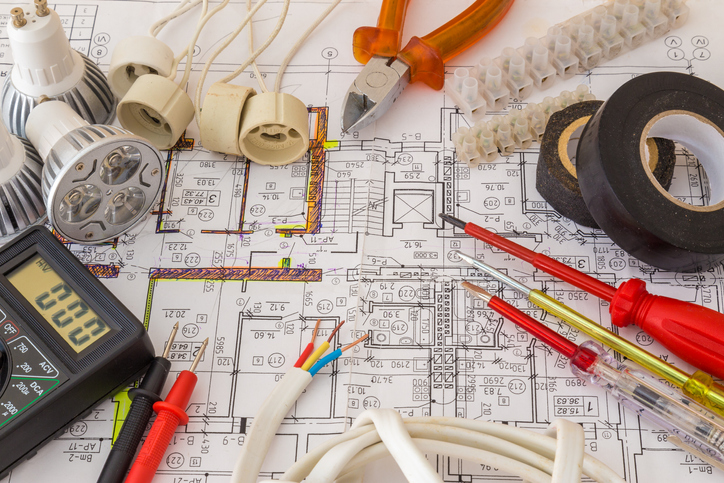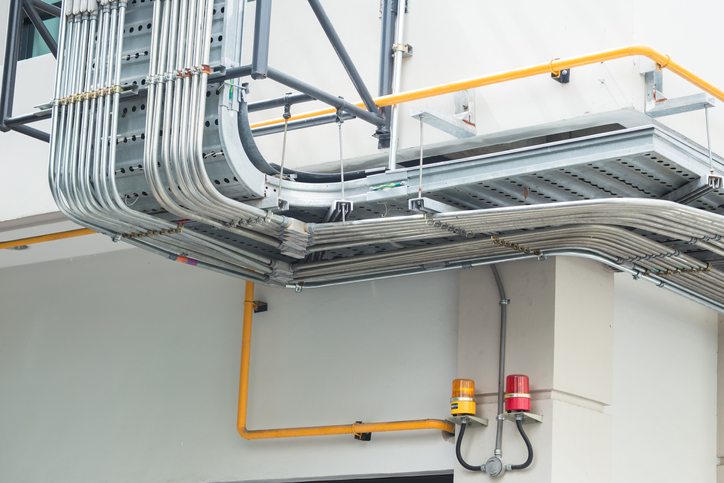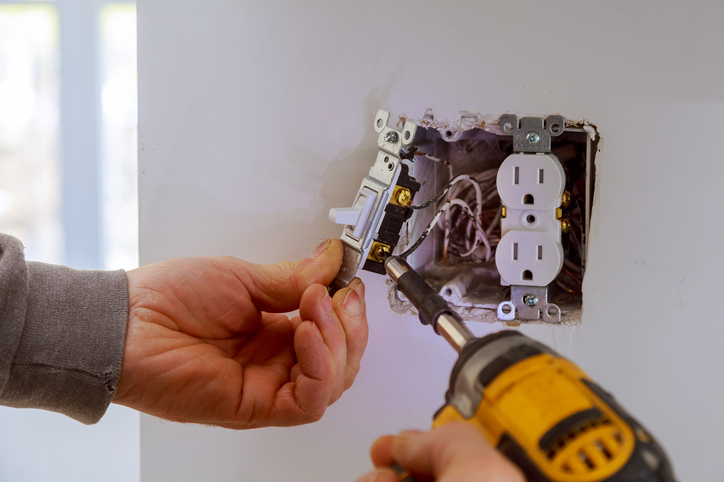Residential vs. Commercial Wiring: A Guide for Those Considering Electrician Training
October 11, 2022
Do you want to launch a career as an electrician? If so, you’re in for a dynamic, interesting, and lucrative work life that will give you the opportunity to collect many valuable experiences and use them to seek higher positions. During your electrical apprenticeship, you’ll likely have the opportunity to explore both residential and commercial wiring. This will allow you to decide on your area of focus down the line as a licensed electrician.
To get you thinking, here are some of the key differences between residential and commercial wiring and what to keep in mind when doing both types of work.
Different Materials Are Used for Residential and Commercial Wiring
One notable difference between commercial and residential wiring is the material the wires are made from. Residential wires, which are typically hidden behind drywall, are only covered with a thin PVC sheath. Commercial wiring typically has a greater amount of insulation in order to withstand higher temperatures. The wires are usually protected by a thick sheath of Nylon, a tough thermoplastic that makes an excellent electrical insulator. In addition, commercial wires are held to higher codes than residential wiring, so higher-grade materials are needed.
A Conduit Is Always Used For Commercial Wiring
An electrical conduit is a metal or plastic tube through which an electrical wire is run; the primary purpose is to protect the wires. After electrician college, you’ll find that the use of conduits depends on local codes. That being said, conduits are generally considered a must in commercial settings. They are used for residential applications as well, primarily when the wire remains exposed as they would be in an unfinished basement, crawlspace, or attic.

After Electrician Training, Load Capacity Will Differ For Commercial and Residential Wiring
Electrical load capacity refers to the total amount of power provided by a building’s main source of power. In general, a commercial setting will have a higher load capacity than a residence. Usually, a single-phase circuit of 120 volts is used. Single-phase systems require only two lines–one for power to enter and a return path. For appliances like refrigerators, washers, and dryers, two-phase systems of 240 volts are used.
When you work in a commercial setting after electrician training, you’ll find that three-phase systems are used, which are comprised of two 120-volt legs and a wider 208-volt leg. This system reduces the load on each individual line while maximizing the overall output of an electrical circuit.

Ease of Access Differs Depending on the Type of Wiring
With residential wiring, safety and aesthetics are the main priorities. For this reason, wires are tucked away and out of sight. This makes residential electrical lines a bit less convenient to access. Commercial wiring on the other hand does not require as much consideration for aesthetics, so they’re often easy to access.
The Construction Maintenance Electrician program at NATS will teach you the ins and outs of residential, commercial, and industrial electricity. In addition to electrical theory, you will leave the program with well-rounded practical skills in code interpretation, circuit building, and print reading. As a result, you will be ready to take up an electrical apprenticeship confidently and competently.
Ready to start electrician school?
Contact NATS for more information!



